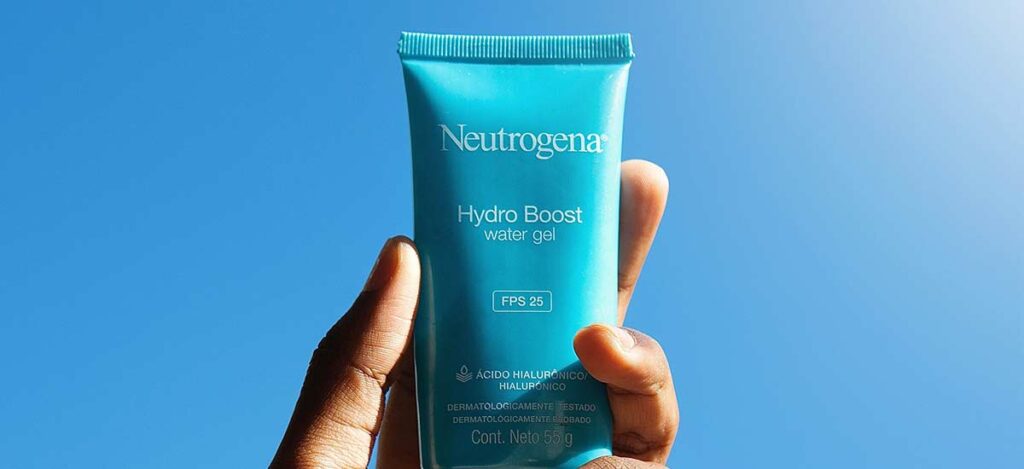Ice cream is the undisputed champion of summer desserts, beloved by people of all ages. But what exactly sets ice cream apart from its frozen cousins? Each treat brings unique flavors, textures, and histories to the table, making the choice all the more difficult for sweet tooths around the globe.
Are you ready to dive into ice cream versus custard, gelato vs frozen yogurt, and let’s not forget sherbet!
Ice Cream It’s A Classic
Legend has it that the history of ice cream goes back 4000 years to ancient China. This version of ice cream is not the version we know though. This frozen treat was a mixture of overcooked rice, spices, and milk. As you can imagine, it was very expensive to drag snow across China in the summer.
The widespread availability of ice cream as we know it, though, owes much to technological advancements in the 19th and 20th centuries, including the invention of the ice cream maker and the introduction of refrigeration.
At its core, ice cream is a blend of cream, milk, sugar, and often egg yolks, churned and frozen to create a smooth, creamy texture. The range of flavors is as vast as one’s imagination, from classic vanilla and chocolate to avant-garde combinations like lavender honey and matcha green tea.
Ice Cream Versus Custard
Custard is like ice cream’s rich cousin. Why rich you ask? It is similar to ice cream in almost every way except for one big ingredient, egg yolks. Egg yolks give frozen custard a much richer, creamier texture that’s hard to resist.
The origins of frozen custard are said to be in 1914 Coney Island New York where the Kohr Brothers began a delicious legacy. The brothers were trying to make their ice cream last in the hot summer sun. So, they experimented with their recipe and soon discovered that by adding egg yolk, the desert was thicker, and would stay colder longer.
Though its origins are East Coast, over the years Milwaukee, Wisconsin, has become known as the “Frozen Custard Capital of the World”.
Which is Healthier Custard or Ice Cream
First things first, both are deserts, so healthy is a relative term here. When it comes to determining which is “healthier”, ice cream versus custard, it depends on what element of healthy are you trying to solve for.
Generally, custard often has a higher fat content due to the egg yolks, and because of that can be higher in calories than ice cream. Due to that same yolk, Frozen Custard might have have a slightly higher protein. And, the egg yolks provide vitamins such as Vitamin A, D, and E.
For someone watching their cholesterol intake, the egg yolks in custard might be a concern. On the other hand, for individuals looking for a treat with a bit of additional vitamins and minerals, custard could be appealing.
Frozen Custard vs Ice Cream Calories
As noted in our chart below, you can see that frozen custard will typically have higher calories compared to ice cream.
Average Nutrition Information based on an 8oz Serving. Will vary by brand.
| Calories | Fat | Carbs | Protien | |
| Ice Cream | 420 | 28 | 34 | 8 |
| Frozen Custard | 460 | 24 | 48 | 12 |
| Gelato | 200 | 8 | 28 | 4 |
| Frozen Yogurt | 200 | 4 | 40 | 6 |
| Sherbet | 214 | 3 | 45 | 2.8 |
| Ice Milk / Low Fat Ice Cream | 180 | 4 | 16 | 1 |
Ice Cream vs Gelato
Hailing from Italy, gelato is ice cream’s denser, milkier cousin. While both treats are made from cream, milk, and sugar, there are several things that make them different. With less air and a higher proportion of milk to cream, it has a lower fat content and more intense flavors.
Ice cream has a higher percentage of fat because it uses more cream than milk. By law, ice cream must have at least 10% to 16% milkfat, most premium ice creams have much more than 10%.
Ice cream has a higher volume of air churned into it, sometimes up to 50% or more of its volume, which makes it lighter and fluffier. Gelato is churned at a slower speed, resulting in a denser product with less air, typically around 20-30%.
Gelato is served at a slightly warmer temperature than ice cream. This means gelato has a softer texture, whereas ice cream is firmer and colder.
The lower fat content and higher serving temperature of gelato allow it to deliver flavors more intensely compared to ice cream.
Frozen Yogurt vs Soft Serve Ice Cream
Frozen yogurt emerged in the 80s as a healthier alternative to ice cream. Who wouldn’t love to satisfy their sweet tooth without the guilt? Made with yogurt instead of cream, frozen yogurt has a tangy flavor and a lower fat content.
Ice cream’s main ingredient is cream, whereas frozen yogurt, as the name suggests, is made with cultured milk (yogurt) instead of cream. This difference significantly affects the taste, texture, and nutritional profile of the desert. Frozen yogurt tends to be a bit more tart and has a less creamy texture due to the lower fat content and less air from the churning process.
Though frozen yogurt incorporates live bacterial cultures, the freezing process can halt the activity of these bacteria, only a little remains viable. These bacteria can offer probiotic benefits, though the quantities in frozen yogurt may not be sufficient to provide a health benefit.
Due to its lower fat content, frozen yogurt often has fewer calories than ice cream. However, the calorie count can vary widely among brands and flavors, particularly with the addition of sugar, syrups, and toppings.
Ice Cream vs Sherbet
There are many differences between ice cream and sherbet including the ingredients used, texture, fat content, and flavor profile.
Sherbet has a much lower fat content due to the ingredients used. It is made with fruit juice or purée, sugar, and water. Like ice cream it also has milk, but it is a very small amount of milk. By law, sherbet must have a milkfat content of 1 to 2%, much is much less than ice cream.
This difference in fat also gives the two a different texture. Sherbet has a lighter, more icy texture due to its lower fat content and higher water content from the fruit juices.
Lastly, Sherbet has a more intense flavor profile. The fruit juice or purée used for the flavoring gives Sherbet a bright, tangy taste and a refreshing quality not typically found in ice cream.
Sherbet originated from the Middle East and is deeply intertwined with the culinary traditions of the Ottoman Empire, Persia, and the broader Arab world. The concept of sherbet is also closely related to “sorbet,” which also has its origins in the Middle East and Persia. These beverages were not initially frozen but were rather cool, refreshing drinks enjoyed especially during the hot summer months.
Ice Cream vs Ice Milk
The primary difference between ice cream and ice milk is the fat content. Ice milk generally has a milk fat content of between 2% and 7%. This lower fat content makes ice milk less creamy and more icy in texture. However, advancements in freezing and mixing technologies have improved its texture over the years.
It’s worth noting that the term “ice milk” has largely been replaced in the U.S. marketplace with labels like “low-fat ice cream” or “light ice cream” following changes in food labeling regulations. These products aim to provide a lower-fat alternative to traditional ice cream while still delivering a similar taste and texture.
Frozen Custard vs Gelato
Just like with ice cream, the main difference between frozen custard and gelato is the presence of egg yolk. In the United States, for a frozen dessert to be officially classified as custard, it must contain at least 1.4% egg yolk by weight. This gives frozen custard a particularly creamy texture and rich flavor. Gelato, while also creamy, does not usually have egg yolks, though some traditional recipes may include them.
Gelato typically contains more milk and less cream, usually around 4% to 8% milk fat. Frozen custard usually has 10% milk fat. Also, gelato often has an even denser texture than frozen custard because it is churned at a slower speed, incorporating less air.
Gelato is served at a warmer temperature than frozen custard and just like with ice cream means it will have a more intense flavor profile.
Final Thoughts
In conclusion, the delectable world of frozen desserts offers a rich tapestry of flavors, textures, and traditions, from the creamy indulgence of ice cream versus custard and its rich decadence to the artisanal charm of gelato, and the health-conscious appeal of frozen yogurt.
So whether you’re a devotee of the creamy richness of custard or the delicate finesse of gelato, there’s no denying the universal appeal of all these beloved treats. They remind us of shared moments of happiness, childhood memories, and the universal pursuit of sweetness in life.
THE AUTHOR
VENESSA REGALI
I have spent my whole life going to and loving the beach. I am a wife, a mom of 2, and a business leader with an MBA in Marketing from Seton Hall University. I have been writing about Seaside Heights and the beach for the past 10 years. I love discovering new things about our town and helping you make the most of your vacation. The only thing I love more than writing about Seaside Heights is being there. The beach is my happy place!

Book Your Seaside Heights Vacation Rental Today
Don't wait! All the best rentals book fast. We have you covered Seaside Heights has hundreds of rental options.
Paid Link
Explore Beach Vacation Rentals




